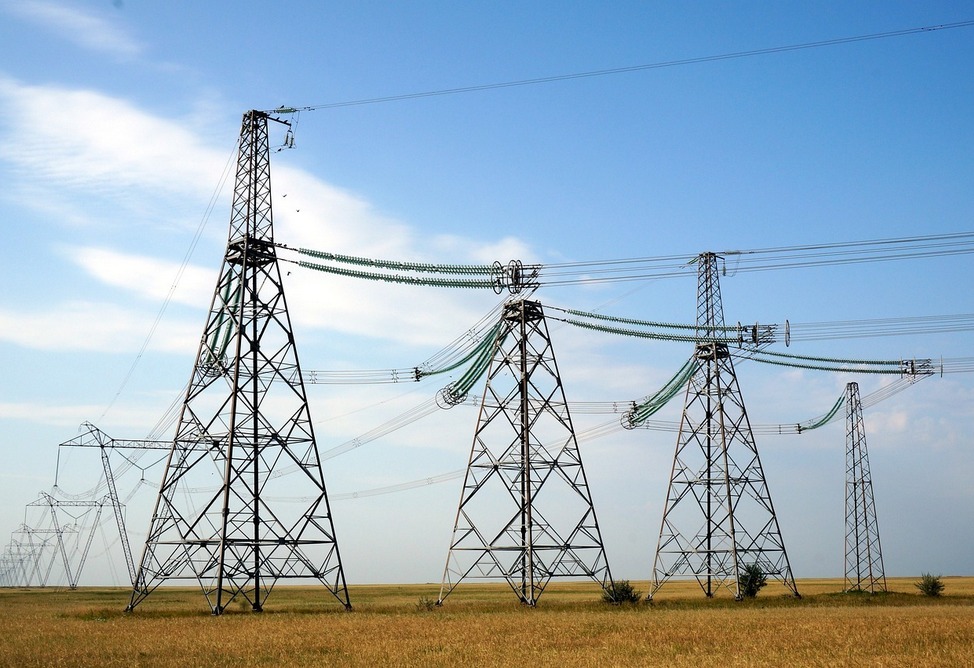Armenian foreign minister to meet with OSCE Minsk group co-chairs in June
23.05.2018,
19:05
In June Armenia’s Foreign Minister Zohrab Mnatsakanyan will hold a meeting with the co-chairs of the OSCE Minsk Group, the only internationally-mandated body to help the parties to the Nagorno-Karabakh conflict, find a settlement.

YEREVAN, May 23. /ARKA/. In June Armenia’s Foreign Minister Zohrab Mnatsakanyan will hold a meeting with the co-chairs of the OSCE Minsk Group, the only internationally-mandated body to help the parties to the Nagorno-Karabakh conflict, find a settlement.
The minister said today that Armenia’s new leadership’s approach is to continue the search for a settlement exclusively by peaceful means and exclusively within the frameworks of the OSCE Minsk Group.
Mnatsakanyan said Armenia plans to begin the process of negotiations with the co-chairs, since it is very important for the country to maintain the dynamics of the process.
“We had a telephone conversation with the co-chairs, who informed us about a planned meeting with the other side and, having evaluated the schedules, we decided to resume the process in June," Mnatsakanyan said on Wednesday during a Q&A session in parliament.
The minister noted that special attention will be paid to preventing escalation of tension because it t would negatively affect the negotiations.
"We are trying to avoid problems and restore the negotiation process. I hope that there will not be any other developments before the meeting and our main task so far is to avoid any changes and possible escalation that will not help the negotiation process," said Mnatsakanyan.
The Nagorno-Karabakh conflict erupted into armed clashes after the collapse of the Soviet Union in the early 1990s as the predominantly Armenian-populated enclave of Azerbaijan sought to secede from Azerbaijan and declared its independence backed by a successful referendum.
On May 12, 1994, the Bishkek cease-fire agreement put an end to the military operations. A truce was brokered by Russia in 1994, although no permanent peace agreement has been signed.
Since then, Nagorno-Karabakh and several adjacent regions have been under the control of Armenian forces of Karabakh. Nagorno-Karabakh is the longest-running post-Soviet era conflict and has continued to simmer despite the relative peace of the past two decades, with snipers causing tens of deaths a year.
On April 2, 2016, Azerbaijan launched military assaults along the entire perimeter of its contact line with Nagorno-Karabakh. Four days later a cease-fire was reached. -0---
The minister said today that Armenia’s new leadership’s approach is to continue the search for a settlement exclusively by peaceful means and exclusively within the frameworks of the OSCE Minsk Group.
Mnatsakanyan said Armenia plans to begin the process of negotiations with the co-chairs, since it is very important for the country to maintain the dynamics of the process.
“We had a telephone conversation with the co-chairs, who informed us about a planned meeting with the other side and, having evaluated the schedules, we decided to resume the process in June," Mnatsakanyan said on Wednesday during a Q&A session in parliament.
The minister noted that special attention will be paid to preventing escalation of tension because it t would negatively affect the negotiations.
"We are trying to avoid problems and restore the negotiation process. I hope that there will not be any other developments before the meeting and our main task so far is to avoid any changes and possible escalation that will not help the negotiation process," said Mnatsakanyan.
The Nagorno-Karabakh conflict erupted into armed clashes after the collapse of the Soviet Union in the early 1990s as the predominantly Armenian-populated enclave of Azerbaijan sought to secede from Azerbaijan and declared its independence backed by a successful referendum.
On May 12, 1994, the Bishkek cease-fire agreement put an end to the military operations. A truce was brokered by Russia in 1994, although no permanent peace agreement has been signed.
Since then, Nagorno-Karabakh and several adjacent regions have been under the control of Armenian forces of Karabakh. Nagorno-Karabakh is the longest-running post-Soviet era conflict and has continued to simmer despite the relative peace of the past two decades, with snipers causing tens of deaths a year.
On April 2, 2016, Azerbaijan launched military assaults along the entire perimeter of its contact line with Nagorno-Karabakh. Four days later a cease-fire was reached. -0---



